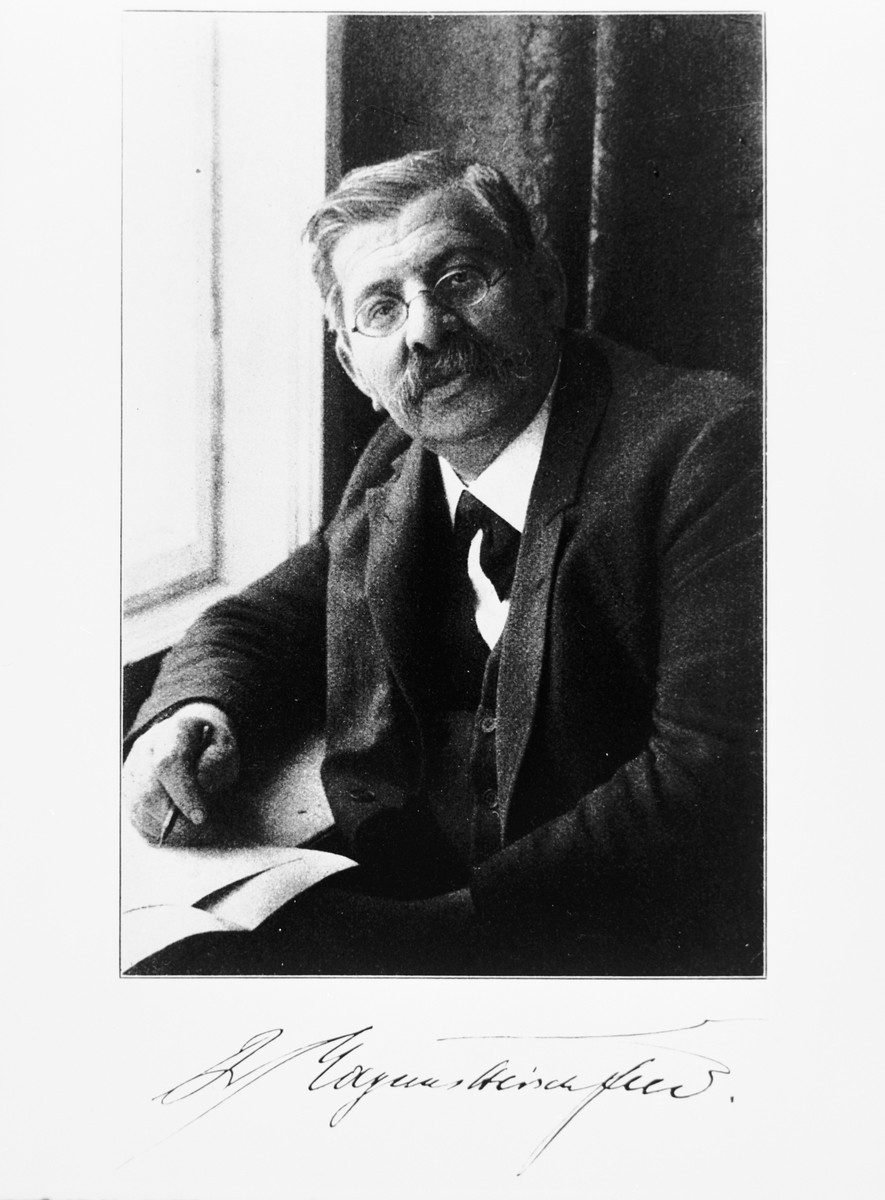Hirschfeld pioneered and promoted new theories of sexuality. He was especially interested in the study of same-sex love and desire. Hirschfeld challenged the common idea at the time that same-sex attraction was a pathological perversion and a vice. Instead, he argued that it was innate or inborn (angeboren). Hirschfeld insisted that a person’s sexuality did not determine their character or personality any more than being born left-handed or right-handed did.
Based on his understanding of same-sex attraction as inborn, Hirschfeld argued that consenting adults should not be discriminated against or punished for their sexuality. His work was guided by the motto, “through science to justice.” He believed that his ideas could reduce prejudice and create the public support needed to reform the German criminal code on issues relating to sex. Hirschfeld advocated for the revision of Paragraph 175. This was the statute of the German criminal code that criminalized sexual relations between men.
In 1897, Hirschfeld co-founded the Scientific-Humanitarian Committee (Wissenschaftlich-humanitäres Komitee). For more than 30 years, the committee advocated for the decriminalization of sexual relations between men. The committee repeatedly submitted petitions to revise Paragraph 175. It gathered support from influential citizens and politicians. Ultimately, the Scientific-Humanitarian Committee did not manage to get Paragraph 175 revised. Nonetheless, the committee did spread awareness of its cause. In 1909, it fought against a proposal to criminalize sexual relations between women.
Hirschfeld left the committee in 1929.
Theories of Gender
Hirschfeld was one of the first theorists to promote the concept that a wide variety of gender identities exists. He described a continuous range of unique gender identities, “between which...there are no empty points present but rather unbroken connecting lines.”
As part of his study of gender, Hirschfeld coined the word “Transvestit” (“transvestite”) as a medical and scientific term in 1910. The word came into use in German society at the time as a judgment-free label. However, the term is widely considered offensive today. The German term was an early effort to define non-conforming gender identities. In the late twentieth and twenty-first centuries, LGBTQ+ communities have built on and challenged this language.
Hirschfeld defined “transvestites” broadly as people who wore clothing of a different gender than that assigned to them at birth. This category encompassed a wide range of gender non-conforming people. It included those who occasionally dressed or performed in drag as well as people whose gender identities differed from those assigned to them at birth. In contrast to widely accepted ideas of the time, Hirschfeld asserted that people who identified as “transvestites” were not necessarily attracted to members of the same sex. Rather, he argued that their gender identity was distinct from their sexuality.
In the early twentieth century, communities of people who self-identified as “transvestites” grew in Germany, especially in Berlin. Hirschfeld provided many patients with counseling and support as they explored the complexities of their non-conforming gender identities. He also worked with the Berlin police to issue special passes called “Transvestitenschein” (“transvestite certificates”) to several people. These passes helped protect people from being harassed by the police and arrested for disorderly conduct or other such charges.
Hirschfeld believed that both human sexuality and gender identities were simply examples of natural variation. As such, they should have no stereotypes or judgments attached to them. Hirschfeld sought to promote acceptance of those who did not conform to existing sexual or gender norms. He conducted research, collected data, and spread awareness of his ideas and findings.


